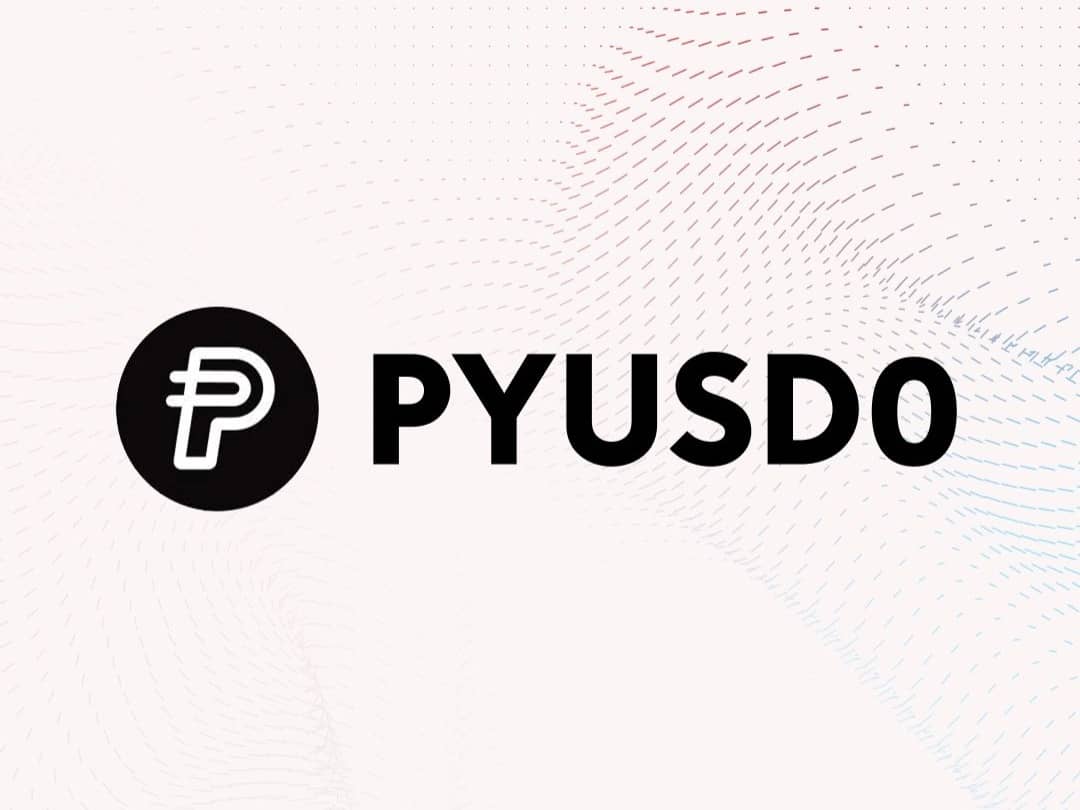订阅 wiki
Share wiki
Bookmark
PYUSD0
PYUSD0
PYUSD0 是 PayPal 的 稳定币 PayPal USD (PYUSD) 的一种无需许可的、全链版本,旨在实现完全的同质化和跨多个 区块链 网络的互操作性。它通过与加密基础设施公司 LayerZero Labs 的战略集成创建,旨在扩展 PYUSD 在 去中心化金融 (DeFi) 生态系统中的可访问性和实用性。
概述
PYUSD0 于 2025 年 9 月 18 日推出,是 PayPal 稳定币 战略的重要扩展。PYUSD0 的核心目的是允许与美元挂钩的 稳定币 PYUSD 在不同的 区块链 生态系统之间无缝移动,而无需依赖中心化中介机构或复杂的包装程序。该计划利用 LayerZero 的 Omnichain Fungible Token (OFT) 标准,该标准确保代币在所有支持的链上保持其经济身份和价值对等。这创造了一种统一的用户体验,其中一个 区块链 上的 PYUSD0 被视为与另一个区块链上的原生 PYUSD 相同。 [1] [2]
此次扩展旨在解决稳定币的一个关键挑战:跨不同网络的分散性。通过创建单一的、可互操作的标准,PayPal 和 LayerZero 旨在增强 PYUSD 对更广泛用户的实用性,特别是那些参与各种高活跃度区块链上的 DeFi 和去中心化应用程序 (dApps) 的用户。PYUSD0 所代表的底层 PYUSD 由 Paxos Trust Company 发行,并由美元存款、美国国债和其他现金等价物支持。该集成允许自我托管资产的用户以无需信任的方式跨链转移价值,由智能合约而不是中心化实体管理。 [3] [4]
历史
PYUSD0 的开发是在其母资产 PayPal USD (PYUSD) 的首次推出和逐步扩展之后进行的。PayPal 于 2023 年 8 月首次推出 PYUSD,最初将其部署在 以太坊 区块链 上。推出后,该稳定币的原生支持扩展到其他网络,包括 Solana 区块链 和 以太坊 Layer 2 扩展解决方案 Arbitrum。 [5] [2]
一个重要的背景事件是 2025 年 7 月签署的 GENIUS Act,这是一项全面的 稳定币 法律,为市场提供了新的监管框架,并被视为机构采用增加的催化剂。2025 年 9 月 18 日,PayPal 与 LayerZero Labs 合作,正式宣布创建 PYUSD0。此举将 PYUSD 的业务扩展到另外九个区块链,并涉及将其在其他两个链上的现有无需许可版本升级到新的 PYUSD0 标准。该公告恰逢一项独立的、非 LayerZero 的集成,该集成将 PYUSD 带到 Stellar 区块链,进一步扩大了其生态系统的覆盖范围。 [1] [4]
技术
PYUSD0 的功能建立在 LayerZero Labs 提供的一系列技术之上,旨在促进安全高效的跨链资产转移。
核心基础设施
PYUSD0 是 LayerZero 的 Omnichain Fungible Token (OFT) 标准的实现。OFT 标准是一个智能合约框架,使代币能够以原生方式存在于多个区块链上,同时保持单一的、统一的供应。它的工作原理是包装源链上的原生代币,并允许在目标链上铸造相同的、可替代的代币。此过程由 LayerZero 的跨链消息传递协议管理,该协议确保资产的总供应量在所有集成网络中保持不变。 [1] [2]
PYUSD0 在链上的分配和管理由 Stargate Hydra 模型促进。Stargate 是一个建立在 LayerZero 上的去中心化金融协议和跨链桥,是转移 PYUSD0 的主要面向用户的界面。Hydra 扩展允许将来自“中心”区块链 的资产扩展到多个“辐条”区块链,处理代币的跨链铸造、销毁和部署。此架构由三个关键层组成:
- 资产: 由 Paxos 发行的底层 PayPal USD (PYUSD) 稳定币。
- 界面: Stargate,它为用户提供执行链之间转移的应用程序。
- 轨道: LayerZero,这是实现跨网络的安全通信和资产可替代性的基本基础设施。 [4] [2]
运行机制
PYUSD0 作为原生 PYUSD 代币的无需许可的、桥接表示形式运行。当用户希望将 PYUSD 从像 以太坊 这样的原生链移动到像 Avalanche 这样的新网络时,LayerZero 协议会促进将原生 PYUSD 锁定在源链上的智能合约中,并在目标链上铸造等量的 PYUSD0。相反,当将 PYUSD0 移回原生链时,PYUSD0 会在源链上被销毁,并且相应的原生 PYUSD 会在目标链上被解锁。这种销毁和铸造机制确保每个 PYUSD0 代币始终由原生 PYUSD 代币完全支持,从而保持与美元 1:1 的挂钩。整个过程由智能合约管理,这降低了与依赖受信任中介机构的中心化桥接解决方案相关的交易对手风险。 [3]
区块链支持
PYUSD0 的推出大大扩展了 PayPal 稳定币 可用的区块链数量。该生态系统分为具有原生 PYUSD 支持的链和通过 LayerZero 集成支持的链。
- 通过 PYUSD0 的新链:
- 升级到 PYUSD0 的链:
- 原生 PYUSD 链(用于上下文):
此次扩展使支持 PYUSD 版本的区块链总数超过了十几个。 [4] [2]
合作伙伴
PYUSD0 的创建和推出是金融技术和 区块链 领域中几个关键实体之间主要合作的结果。
- PayPal: 作为母资产的创建者,PayPal 为 PYUSD 稳定币 提供了品牌认知度和已建立的用户群。该计划由其生态系统部门领导。
- LayerZero Labs: 核心技术合作伙伴 LayerZero Labs 提供了底层全链基础设施,包括支持 PYUSD0 的 OFT 标准和跨链消息传递协议。
- Paxos Trust Company: 作为原生 PYUSD 的发行者,Paxos 是负责管理支持 稳定币 的储备金的关键合作伙伴。它受到纽约州金融服务部 (NYDFS) 的监管。
- Stargate: 去中心化金融协议是 PYUSD0 的关键界面,其 Hydra 桥实现了代币在支持网络上的分配和转移。 [5] [2]
发现错误了吗?
